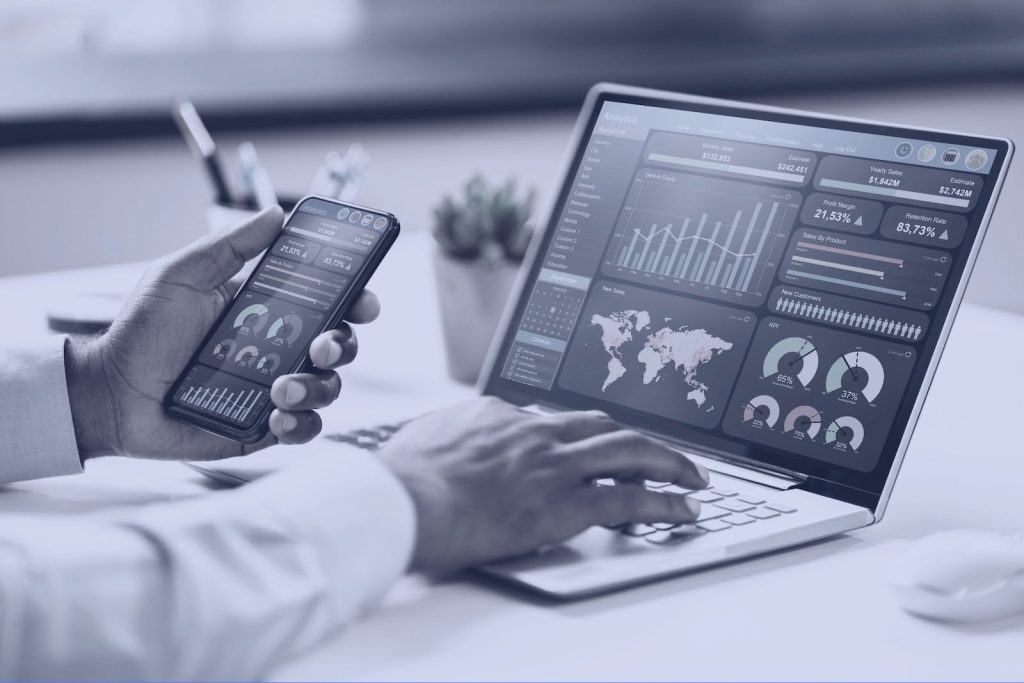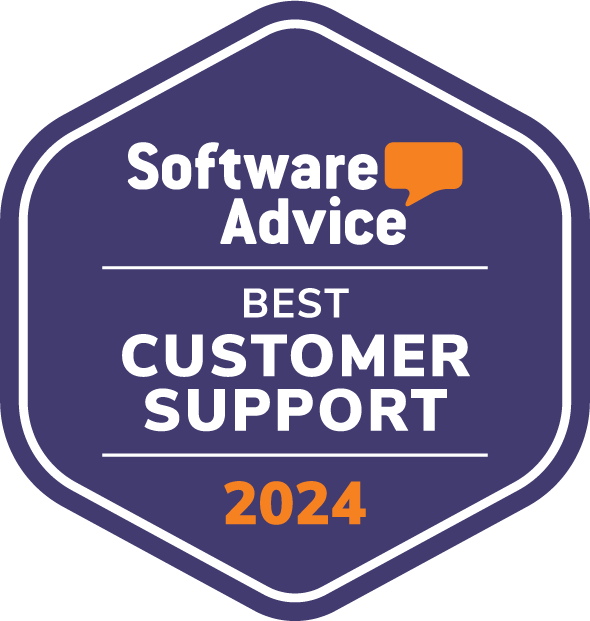When companies adopt dynamic pricing, the impact is far greater than just the procurement team. Marketing, IT, and finance are also impacted in various ways, from the way they talk about promotions to the way they measure success. However, for dynamic pricing to really be effective, it needs top-level CEO backing and endorsement.
Dynamic pricing is essentially a full-scale digital transformation that impacts a business’ most sensitive data point – its prices. Sales teams are expected to defer to an AI-based computer decision, while they put aside their experience and expertise. Even when used as a guide, some sales teams find it somewhat off-putting to rely on an algorithm for pricing direction.
IT teams, meanwhile, are immediately thrown into a massive system overhaul that involves upgrading some systems, decommissioning legacy systems, and integrating a new pricing engine that is fully connected to the heart of the company’s business logic.
Once up and running, financial forecasters, who rely on pricing information to make their predictions, are handicapped by the lack of a solid price point to base their reports on. Accounting, legal, and even customer service reps will see their roles impacted by the change in pricing determination.
The CEOs Role
While the working teams adjust to the new dynamic pricing transformation, the CEOs leadership skills are key to ensuring the full adoption of dynamic pricing. It’s important for CEOs to keep their eye on the big picture.
In 2017 Gartner Research’s Bob Hetu noted that “retail pricing strategies are still not optimized.” According to Hetu, organizations that fail to reach and implement the full AI-generated dynamic pricing don’t achieve the significant business benefits derived from a more complete adoption.
Our own data has been telling. Companies that stay the course with dynamic pricing experience revenue increases of up to 30%, and watch their profits go up by 7-10%. Those are actual numbers based on hundreds of implementations across Europe, Asia and North America.
The digital transformation that’s changing the way businesses establish a price presents a new, but occasionally frightening, world. Instead of relying on long-time trusted Excel sheets, businesses need to put pricing in the hands of a technology they don’t always understand.
To be successful, CEOs must put the full weight of their leadership behind their dynamic pricing initiative, because there are plenty of departments below them that don’t see the big picture, and simply want to maintain the status quo.










